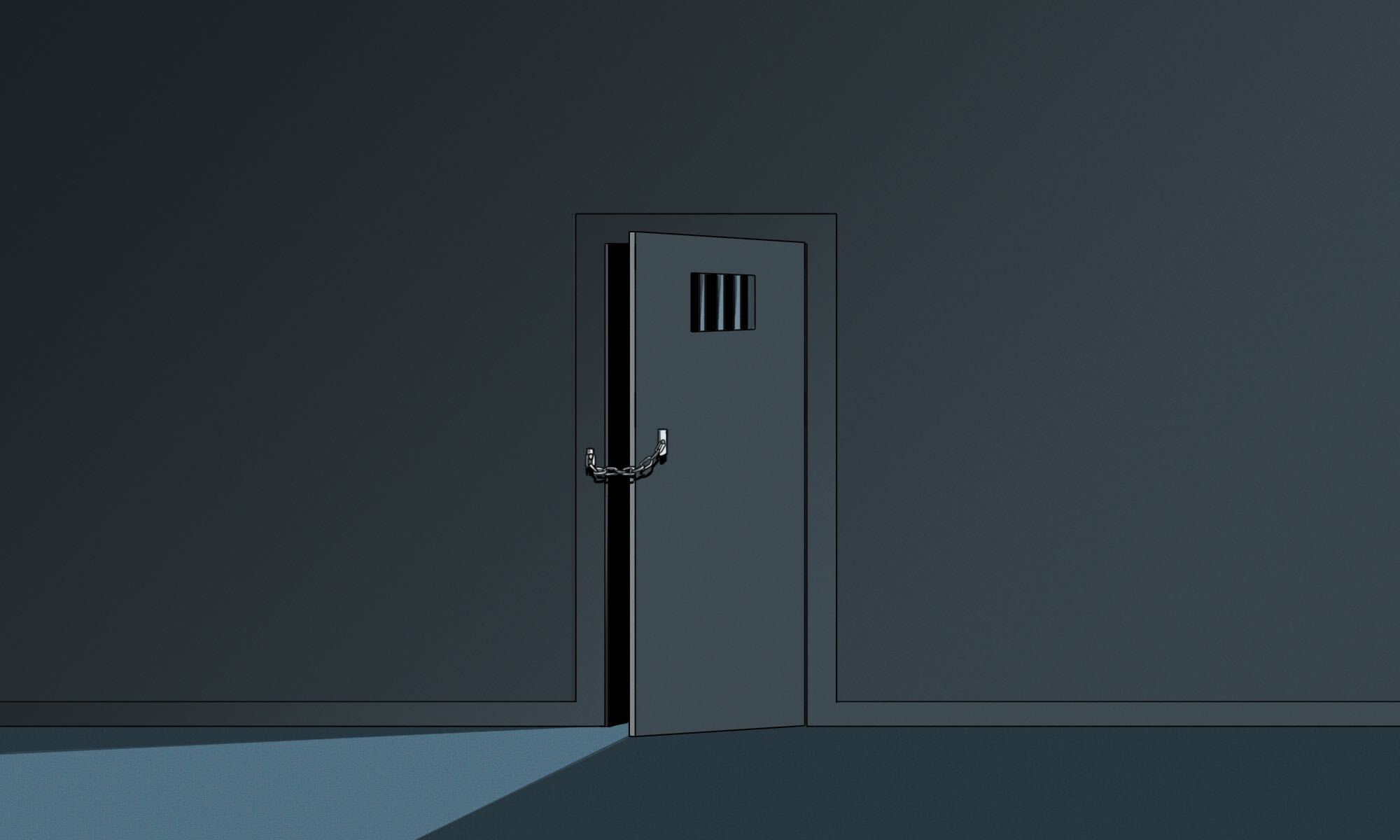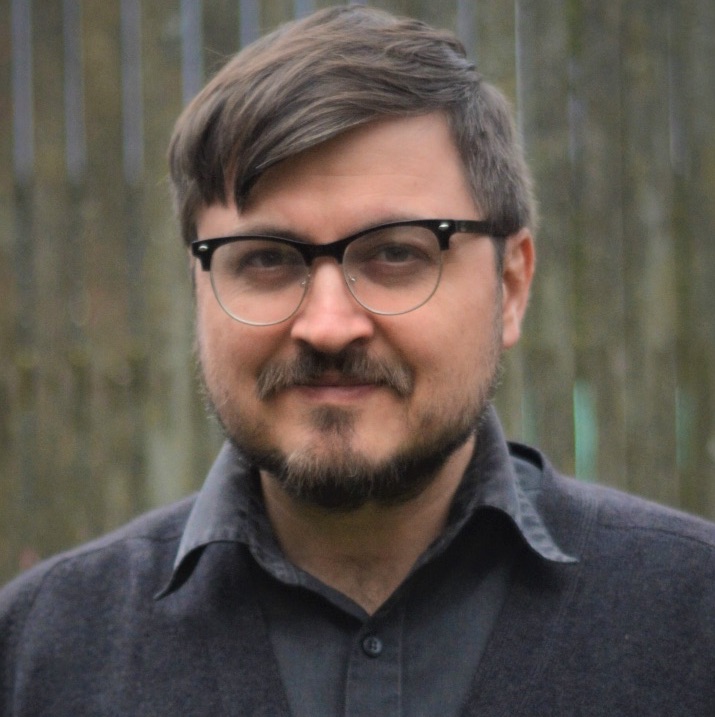When does cruelty become brutality? On state violence in Northwest China
In Carlos Sanchez's book "A Sense of Brutality," cruelty is defined as enjoying the pain of another. In Xinjiang, there was a form of enjoyment, disguised as ethno-nationalist pride, of the detention of Uyghurs, suggesting cruelty at scale.

When conducting research on the everyday experiences of detainees and camp workers in the anti-Muslim internment camp system for Uyghurs and other Muslims in Northwest China, I was struck by an image one of the former camp workers told me was stuck in her mind. The worker, a Chinese teacher named Qelbinur Sedik, who herself was a Turkic Muslim, described how on one of her first days working in a newly filled camp she observed how non-Muslim Han Chinese guards laughed at the Uyghur detainees as they filed out of their cell to the fortified classroom where she was to teach them Chinese. To ensure that the detainees did not rush out and overwhelm the guards, who were armed with wooden clubs and tasers, the camp workers fastened the iron cell door with a short, heavy chain that created a gap of only around 12 inches or so between the door and the door frame. This meant that to leave the cell, the 40 to 50 detainees in the small cell had to pass through this gap one at a time, ducking down to the three-foot height of the chain. As each one ducked under the chain and scurried after the detainee in front of them pressing against the wall in single file, Qelbinur recalled that the detainees had expressions of either fear or a kind of numbness on their faces. She also observed the way the guards, their clubs and electric prods in hand, recognized this fear. But what Qelbinur remembered the most was the sound of her non-Muslim co-workers’ laughter and the way they referred to the Muslim detainees as “dogs.” The repetition of the ducking of the detainees, and the way they hurried along one after another, struck them as funny.
They enjoyed watching this, relishing their power over these supposedly dangerous Muslim men, who had been deemed guilty of minor “terrorism” or “extremism” activities such as conducting prayers too often or studying the Quran independently. Qelbinur remembers the laughter because it demonstrated the cruelty of the racialized violence that was cultivated and institutionalized by the mass internment system. Not only did the guards take pleasure in this scene of abjection, what made it funny to them was the scale of the ducking. It was funny in part because there were so many detainees all crammed into the same cell repeating the same motion one after another.
As I was thinking about this mass exercise in cruelty, I was drawn to the work of the philosopher Carlos Sanchez and his examination of violence in Mexican narcoculture. In his book A Sense of Brutality, he notes that in enjoying the pain of another — the definition of the term “cruelty” — the perpetrator recognizes the humanity of the other. The enjoyment — and the spontaneous laughter that arises from it — comes from luxuriating in the power over life that violence gives the cruel actor.
If what Qelbinur observed is indeed an instantiation of cruelty, then the animal mimicry of the ducking detainees is “funny” to the guards precisely because they recognize the detainees as human. At the same time, if the detainees were non-Muslim acquaintances, or friends or family members of the guards, this scene would likewise not be as funny; in fact, it might turn to a kind of horror. The racialization of ethnic difference is what allows them, in Sanzhez’s framing, to “derealize” the humanity of their fellow Chinese citizens, even as they nevertheless recognize them as human or human-like.
The rise of this phenomenon, this way of seeing and acting, did not start or end in the camp. Instead, it has been present among the general Han community in Xinjiang, particularly among those who work for the state and who are new arrivals to the region.
For instance, Qelbinur described the way a Han co-worker told her that because of the mass internment campaign, non-Muslims now had the power to “swat Uyghurs like flies.” She told me about the way Han neighbors lined the halls and cheered when a Uyghur young man in their apartment building was led out with a black bag over his head, bent over, his hands cuffed behind his back while his parents and younger brother watched the scene in horror. This enjoyment of police brutality as ethno-nationalist pride points to another element of cruelty at scale. The group mentality that comes from the spectacle of racialized power appears to be a part of this too. The laughter of the guards, the cheering of the neighbors, would likely not have found its expression if it was a solitary non-Muslim watching a neighbor being dragged away.

It is important to know that the moments of cruelty — of enjoying the pain of others — I have just described occurred in 2017, just as the mass internment of hundreds of thousands of Uyghurs began. The enjoyment of the guards and neighbors who watched came from the scale of this internment, but also from its position at the beginning of this sequence of mass violence.
Cruelty, it seems, is also associated with the thrill of the new. As time wore on, and the ducking under the chain and neighborhood detentions continued, the novelty of the violence appeared to wear off. The guards became less interested in the expressions on the faces of detainees. They stopped laughing. Qelbinur told me that as the smell of excrement-filled buckets and unwashed bodies living in packed cells without running water grew, the non-Muslim guards began to wear masks against the stench. They found ways not to let the detainees out of their cells and keep the iron doors shut as much as possible. Cruelty began to give way to brutality.
A former detainee told me that he noticed that over time the way the guards hit them began to resemble the way a farmer herds his sheep, prodding them to move as they were supposed to without stepping over the line that was painted around a foot from the wall of the hallway. Often as they struck the moving detainees the guards would refer to them as pigs or dogs. At times they told them that they did not have the right to speak since they were “only animals.” But the name-calling and blows took on more of a ritualized, automatic quality. They became normal.
The herding blows and commands were quite different from beatings that were done as punishment for failing to follow orders or speaking Uyghur or Kazakh. If they were being punished, in some instances detainees would be forced to lay on their stomachs in front of the other detainees while they were beaten with clubs or electric batons. The guards would strike them as hard as they could until the detainees stopped screaming. These punishments were often accompanied by anger on the part of the guards and were meant to send a message to the rest of the detainees. That is to say, the latter beatings were accompanied by an emotional release, while the former, more common strikes, seemed to be more of an automatic, unthought reflex. It was like, as Sanchez puts it in his description of brutality, that they were simply hitting a piece of wood.
Over time the system shifted to a normalized, scheduled, large-scale performance and acceptance of brutality. It was excessive in its scale and repetition rather than in spectacular death. Over time, mass internment shifted more toward human disposability. Unbalanced diets, lack of sanitation, enforced stillness under the cameras and lights of the cells, untreated tuberculosis and other diseases weeded out the weakest of the detainees. Many others were eventually given long prison sentences, destined to more permanent human warehousing in the rapidly expanding mass incarceration system.
Ultimately the system began to reproduce itself as a manner of existence, and with this an acceptance of roles, places within the system. It became an elaborated political system with media forms, standard procedures, and technological assessments.

There are, of course, a number of geopolitical and economic elements that make the origins and expression of violence in Northwest China unique. In my interviews with low-level human surveillance workers who had been drafted as “volunteers” by their employers to move into Uyghur majority villages, non-Muslim state workers framed their work as a kind of public health initiative that was necessary for the overall health of the body politic. Uyghurs, they said, “were backward.” The “cancerous” population, people “infected” with the disease of “foreign Islam,” needed to be excised or inoculated. They had been primed by a state-sponsored Islamophobic media campaign to see Uyghurs as always-already potential terrorists. In Southern Xinjiang. where the vast majority of the 12 million Uyghurs lived, terrorists, they thought, were literally everywhere. This is why the state had mandated over 1 million state workers like themselves to descend on Uyghur society and sort the population into trustworthy, normal, and untrustworthy categories. And the state had also mobilized nearly 90,000 police and policing contractors and tens of billions of dollars to build camps, infrastructure and technological assessment tools.
I saw a range of attitudes among the non-Muslim state workers I met in 2018 toward this work. Some relished the power they now had to walk into a Uyghur restaurant or business and see the staff drop whatever they were doing and rush to provide them service. Others took a more paternalistic attitude; realizing that Uyghurs were reeling from the mass internments, they voiced some sympathy with their suffering, but were also firm in their belief that the disappearance of hundreds of thousands of young Muslim men was necessary in order for Uyghurs to embrace a secular, modern, Han-centric Chinese identity and abandon the unassimilable differences of Uyghur Islam. There was pathos in both of these positions: on the one hand an embrace of the colonizer’s cruelty, and on the other an embodiment of a colonizer’s smothering evangelical zeal.
But among other state workers, particularly low-level Uyghur police assistants and Han police officers, a cold numbness appeared at times as a kind of normalization of the mechanized scanning, loading, herding — the hard brutal work of decimating a society. They were tasked with scanning 200 phones per day, of filling the vans, of dragging the hooded and shackled detainees from the vans to the camps. Dozens of kilometers every day. In reports Han workers wrote to their home communities, they noted how the stench that rose from the crowded cells made it hard for them to eat. My interviewees noted that among this population of workers, alcoholism while on duty under the gaze of the cameras was, in many cases, normalized. The brutal work of detainment and managing a large-scale camp was aided by a culture of inebriation.
But more importantly the mass mobilization of the bureaucratic state along with the nested forms of surveillance along the chain of command accelerated a banal efficiency and unthinking. Because of the state enforcement of technocratic action, brutality overtook cruelty perhaps more quickly than it likely did in other settler colonies such as the United States. The system in the Uyghur region was intended to be brutal. And it appears that the greater level of technological automation and institutional normalization of violence, the more quickly violence may become brutal at scale.
An extended version of this essay will appear in a symposium on Carlos Sanchez’s book On Brutality: Philosophy After Narco-Culture in the journal Milestones: Commentary on the Islamic World | Xinjiang Column archives






